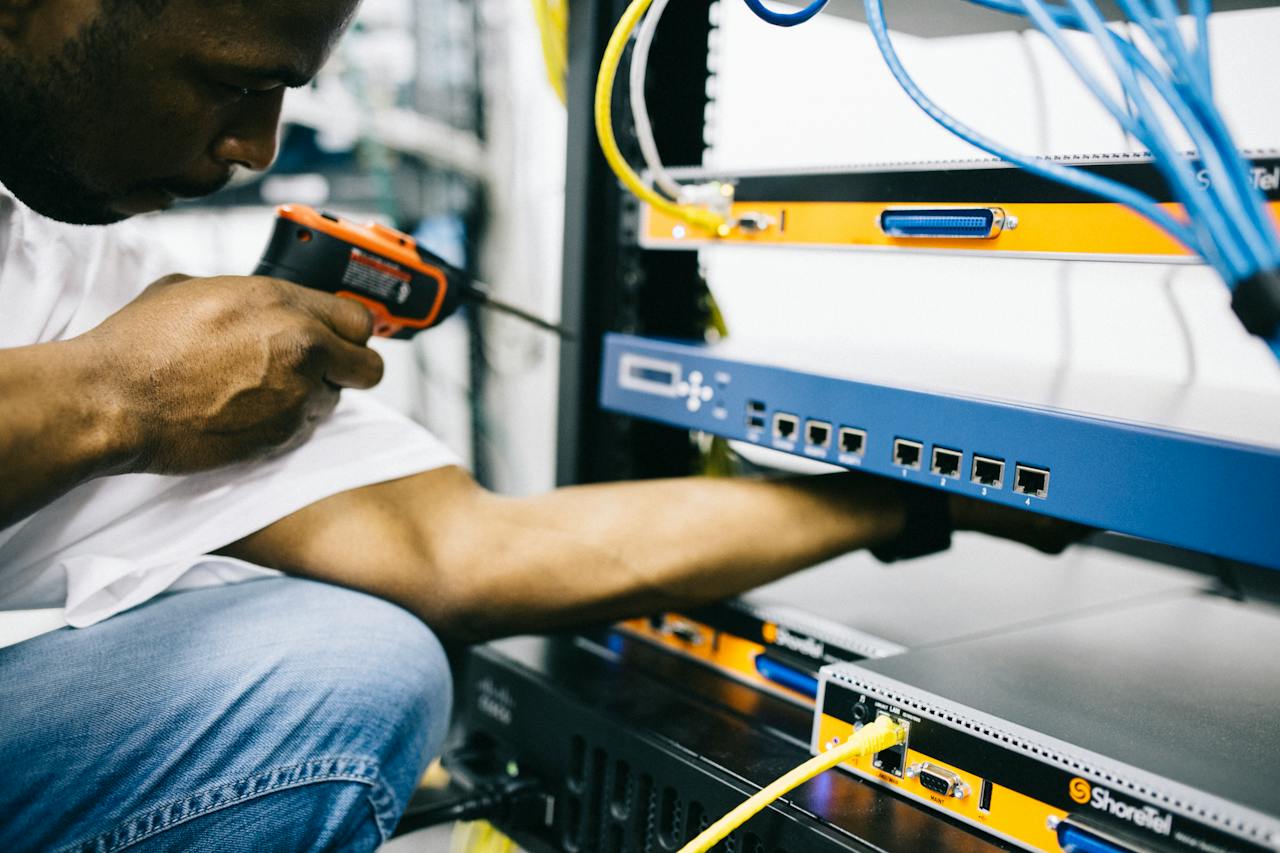- [email protected]
- 24 Hours 7 Days A Week
For Small/Medium/Enterprise Business IT Support Hire Us
Over 10 years we help companies reach their financial and branding goals. Engitech is a values-driven technology agency dedicated.
411 University St, Seattle, USA
+1 -800-456-478-23
There was a time when the main focus of home technology was on appliances like microwaves, large stereos, and surround sound home theater systems. While these aspects remain significant, contemporary homes now depend on whole-home networks and mobile access rather than just a few electronics in the living room or kitchen. There are a few things to take into account when building a fully networked home, which will have all the connectivity you’ll ever need in addition to a few luxurious high-tech extras.


Simply put, older homes are not built for our increased reliance on mobile technology. Make sure your new house is completely furnished with practical, user-friendly charging stations if you’re sick of utilizing power strips or splitters to charge multiple devices in one area or if you’re tired of the tangle of wires running around your existing charging stations.
1. Assessment – Determine the quantity and configuration of the rooms – Ascertain which devices (computers, phones, and smart home appliances) will be connected to the network.
2. Router Placement – For optimal coverage, place the router in the center – Steer clear of enclosed cabinets and areas with electrical interference.
3. Wireless Standards – Pick a router compliant with the most recent Wi-Fi standards (e.g., Wi-Fi 6 for improved connectivity and faster speeds).
5. Wired Connections – For devices like desktop PCs or game consoles, install wired Ethernet ports in strategic locations.
6. Mesh Networking – To get rid of dead zones in larger homes, think about installing a mesh Wi-Fi system.
8. Quality of Service (QoS) – Set QoS preferences to give priority to devices and apps that are really important.
9. Network Naming – Give your Wi-Fi networks distinctive names that are simple to remember.
10. Device Management – Manage connected devices and keep an eye on network activity using the admin panel of the router.
11. Future Expansion – Select a router that can accommodate more devices in order to account for scalability.
12. Cable Management – To avoid trip hazards and to give the area a neater appearance, arrange and hide cables.